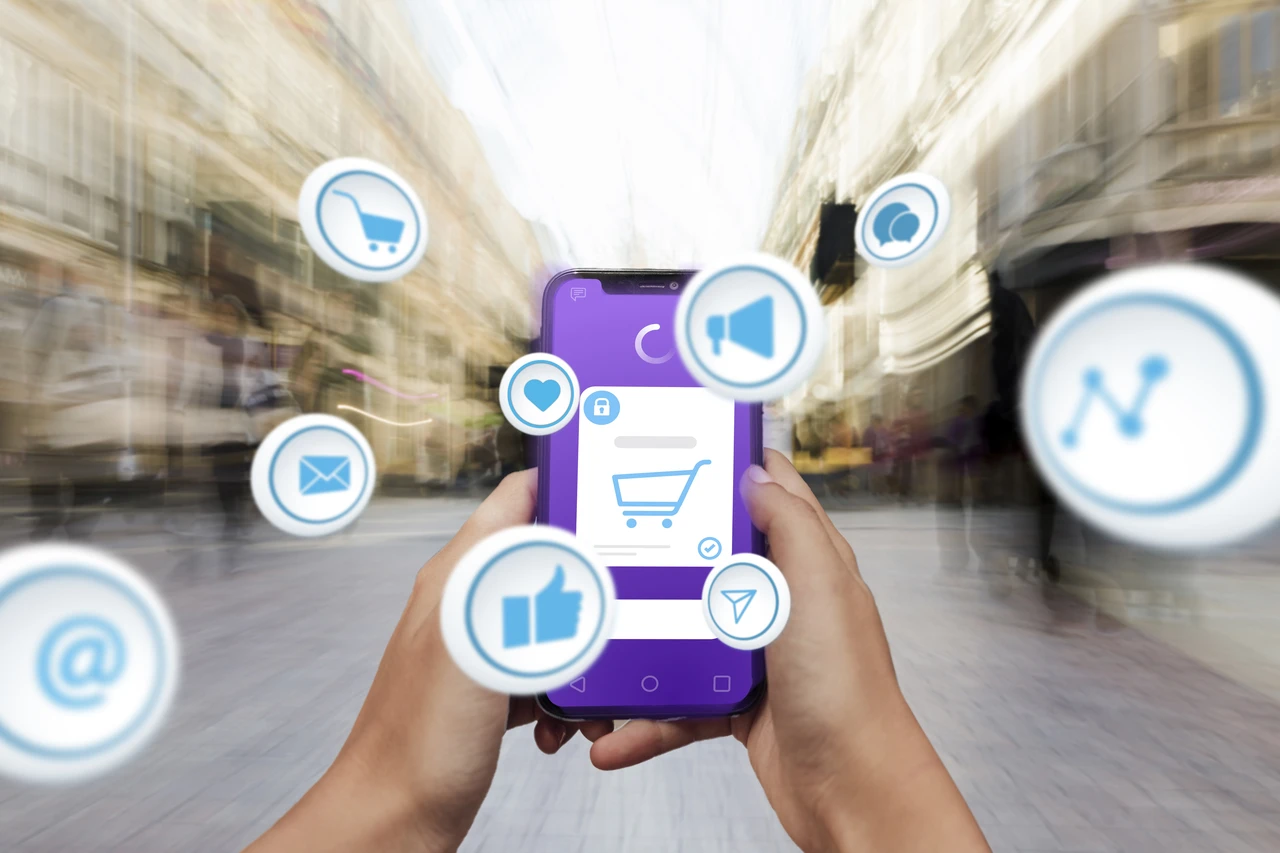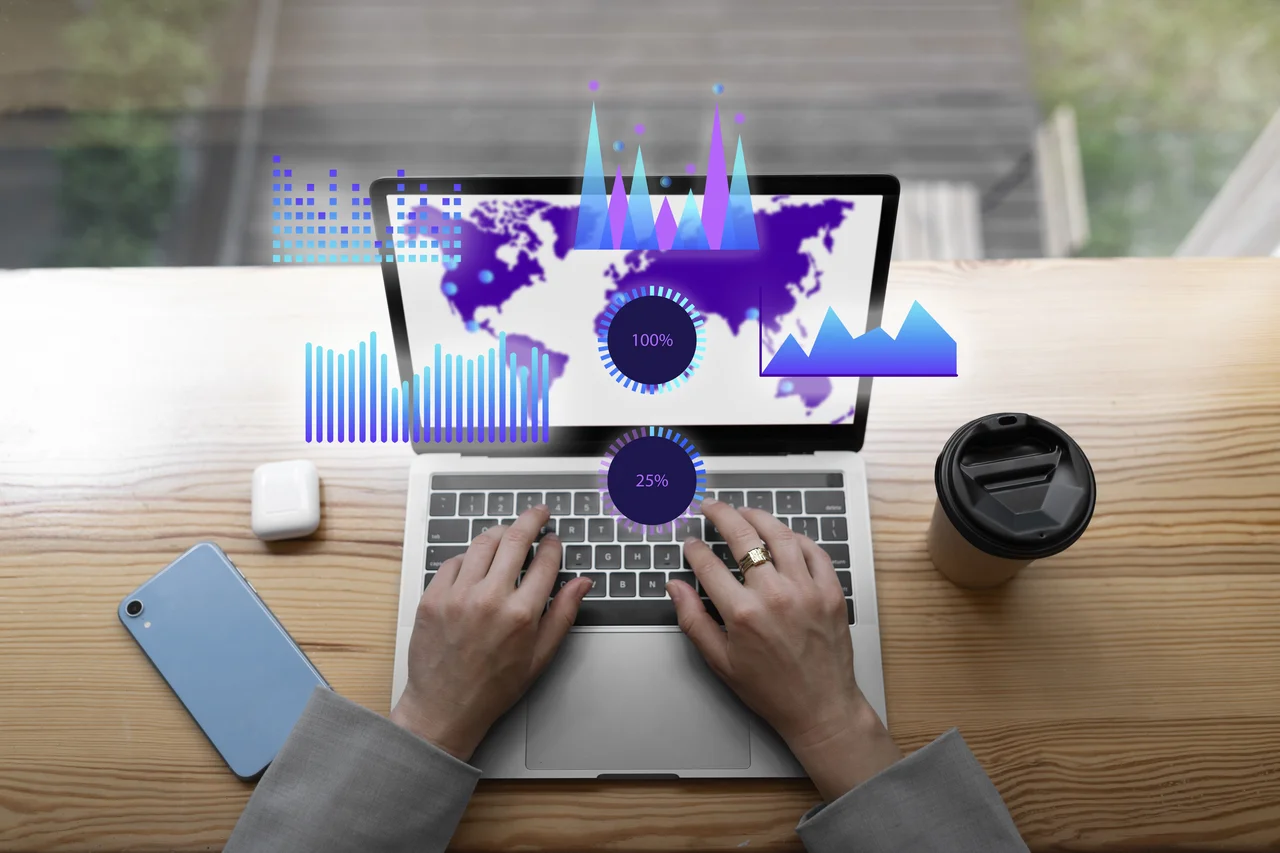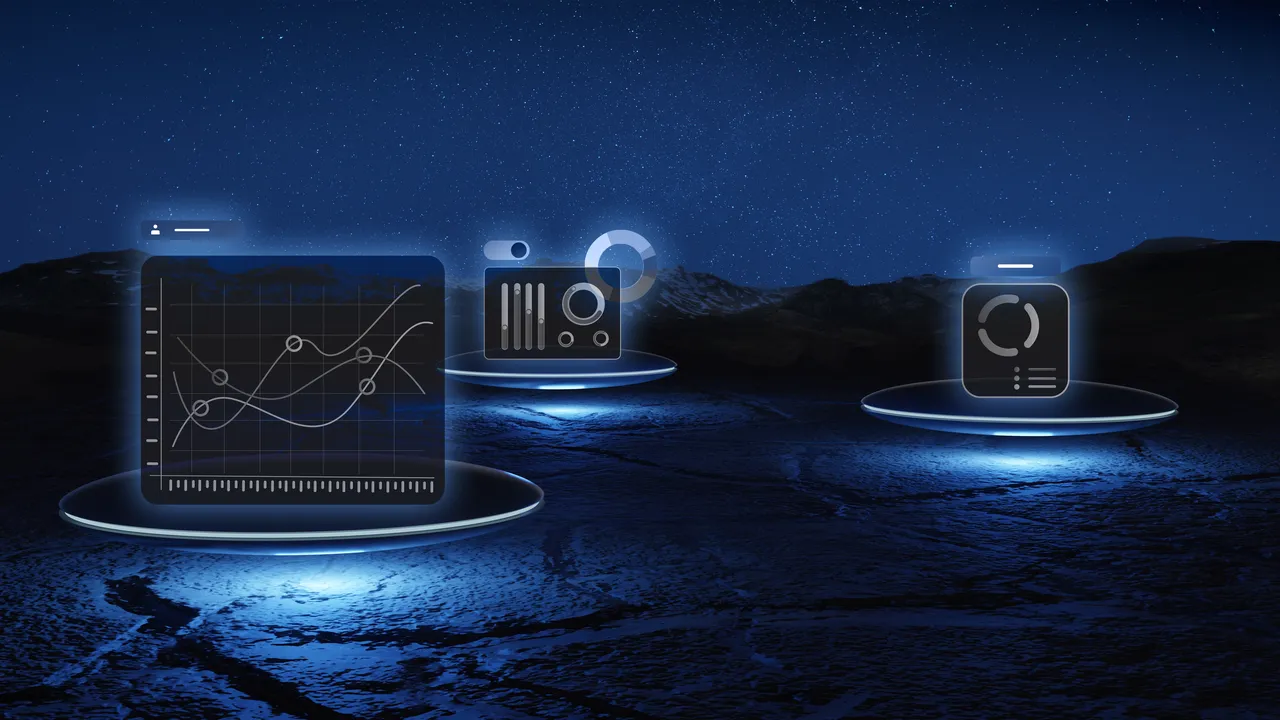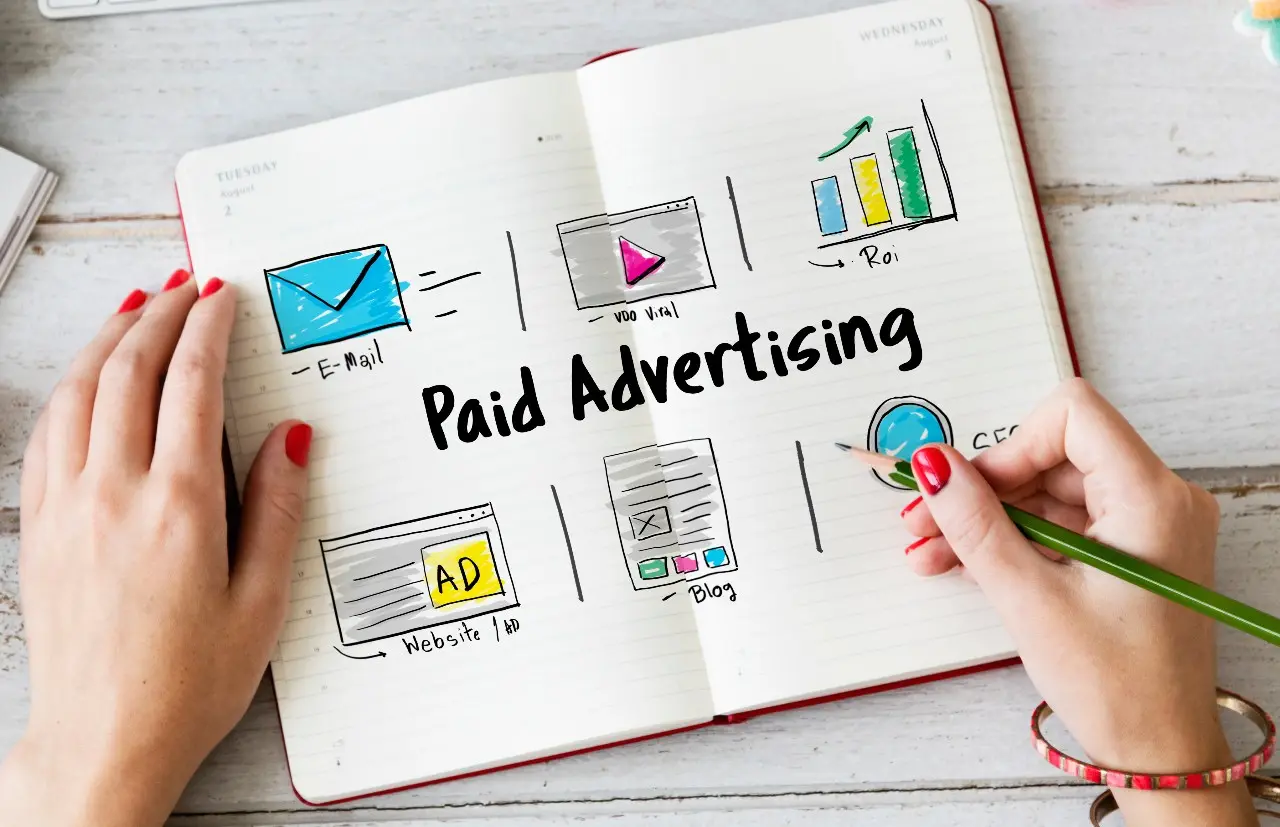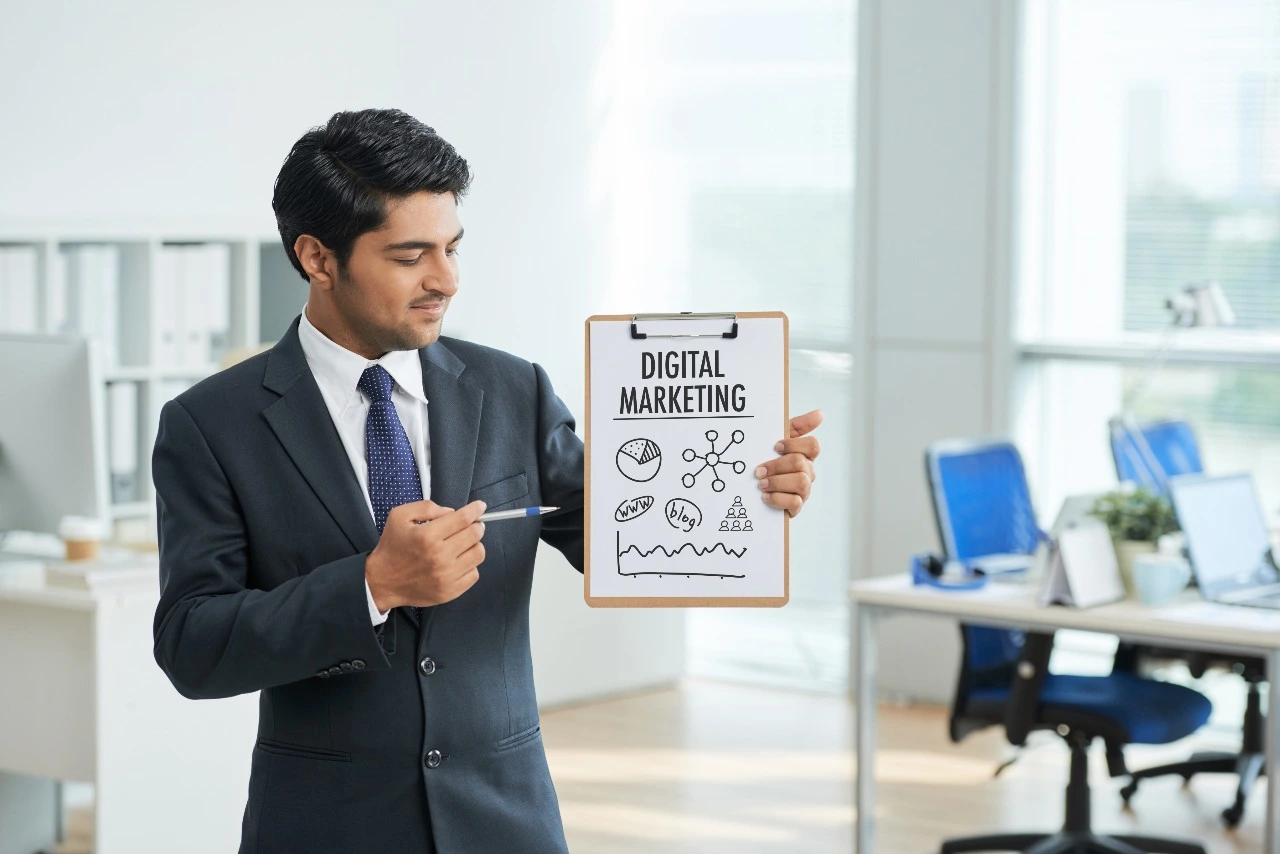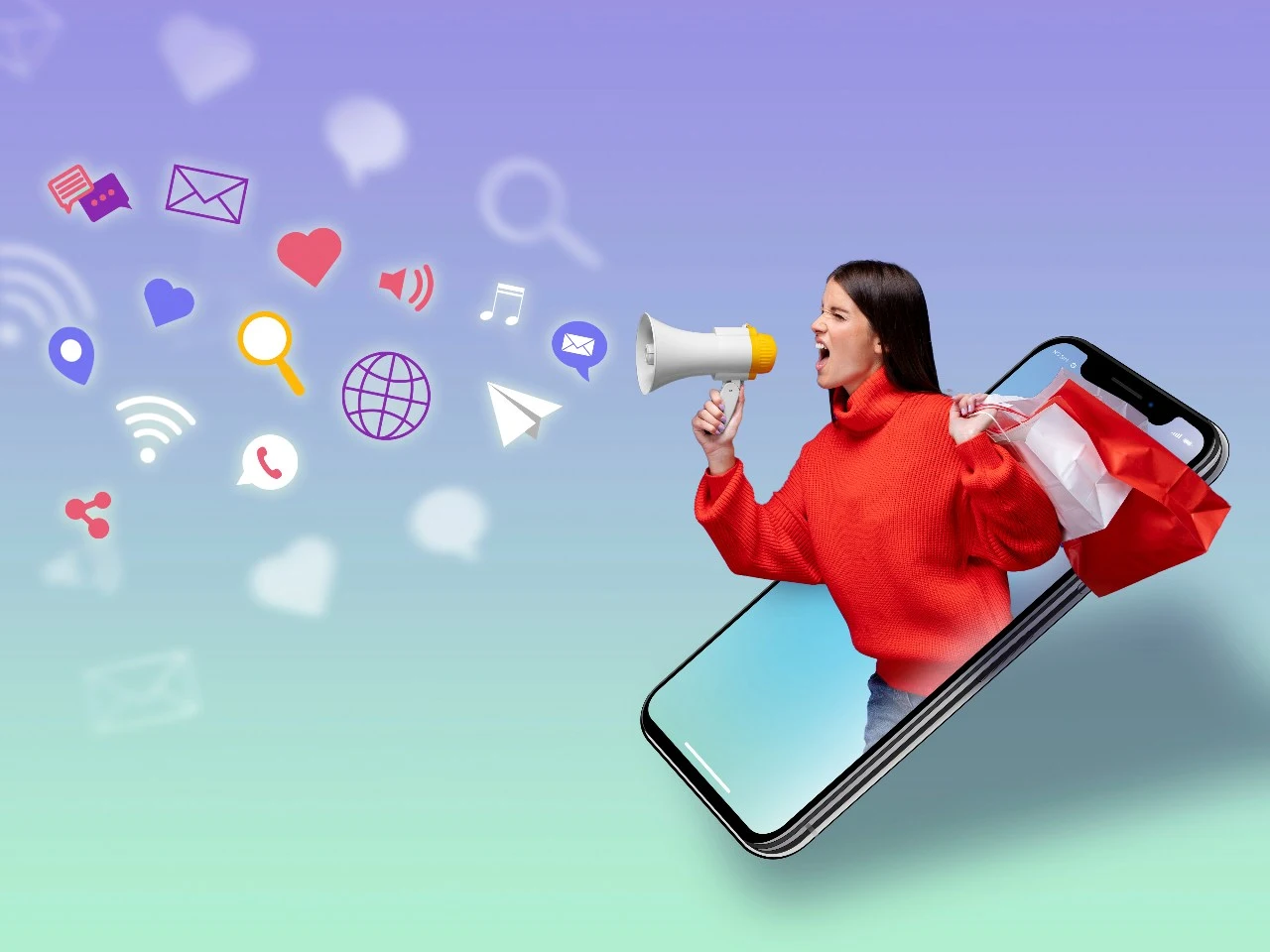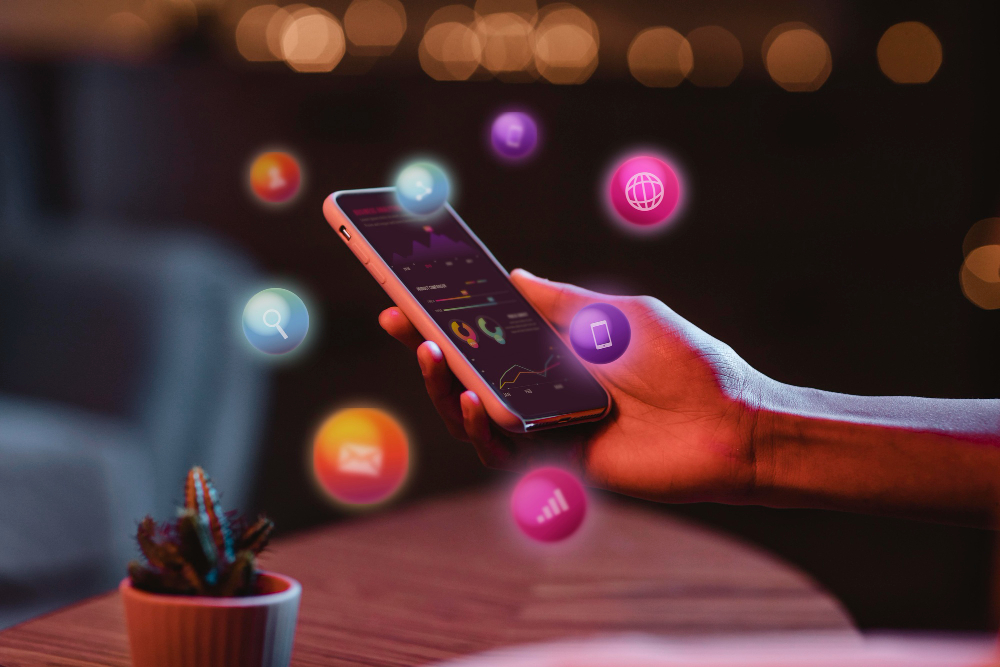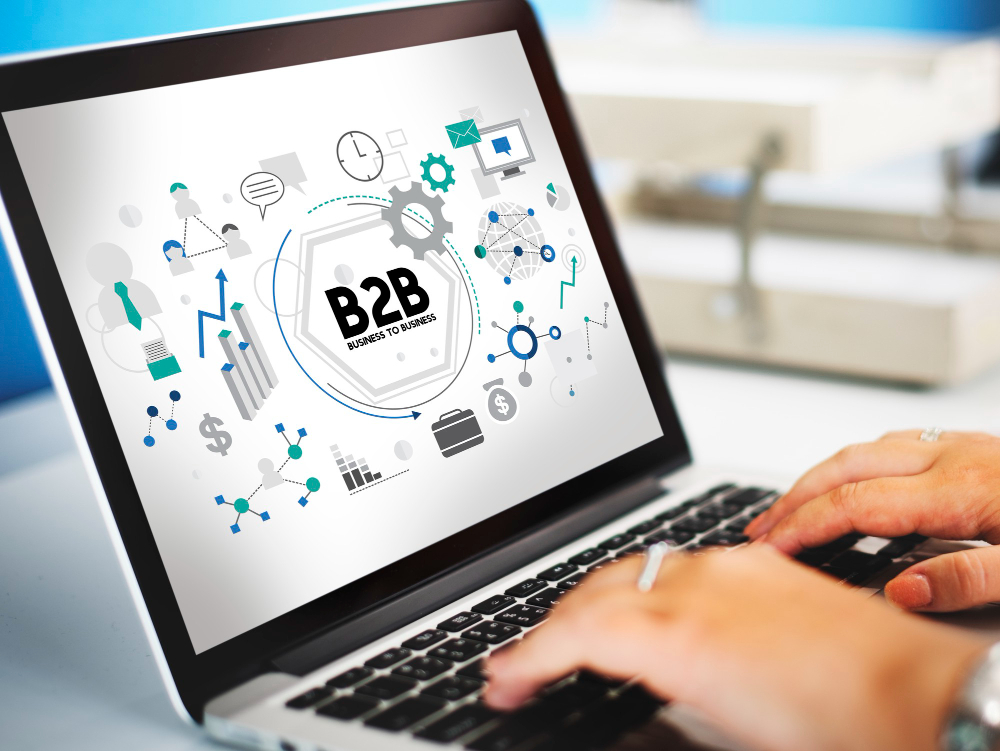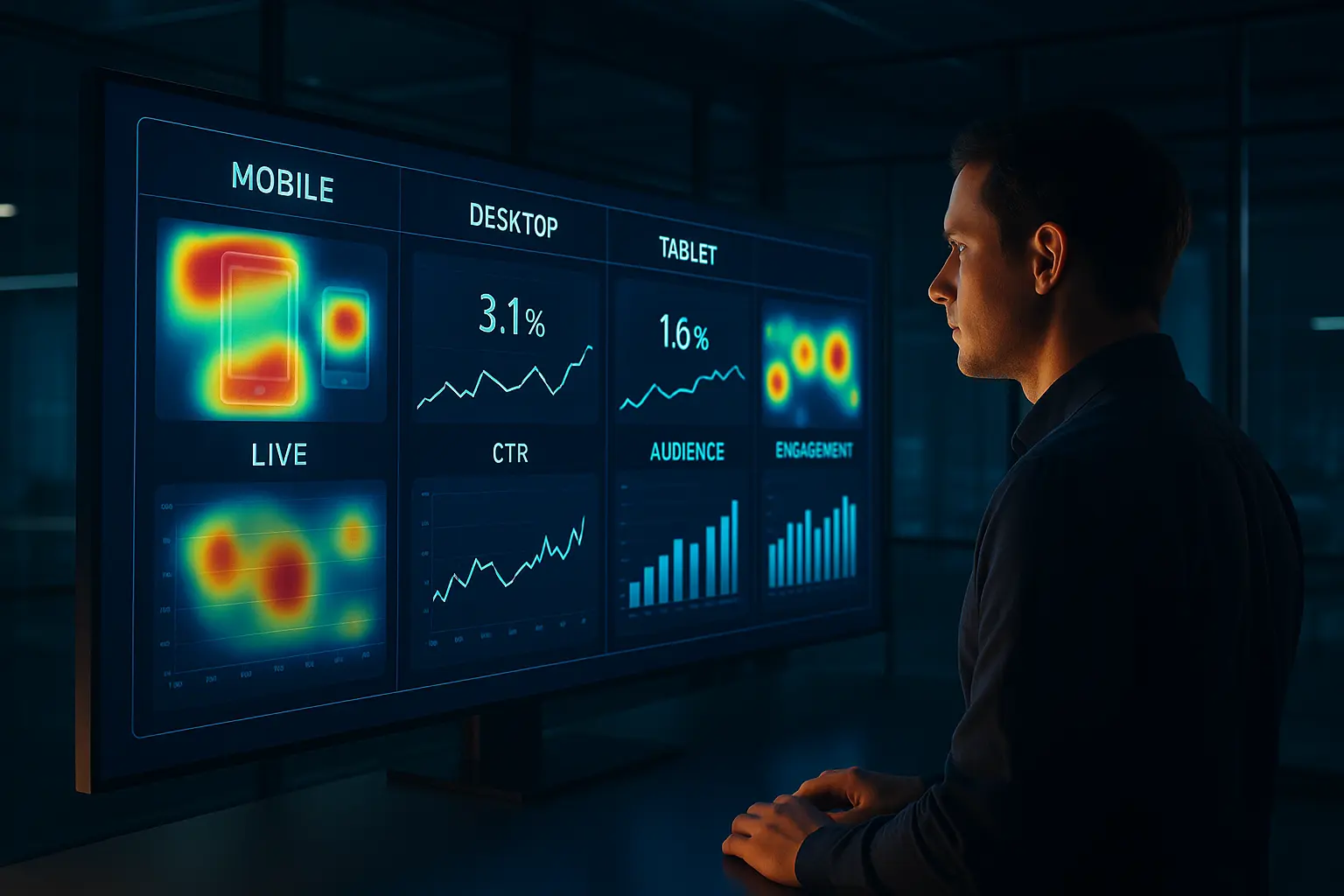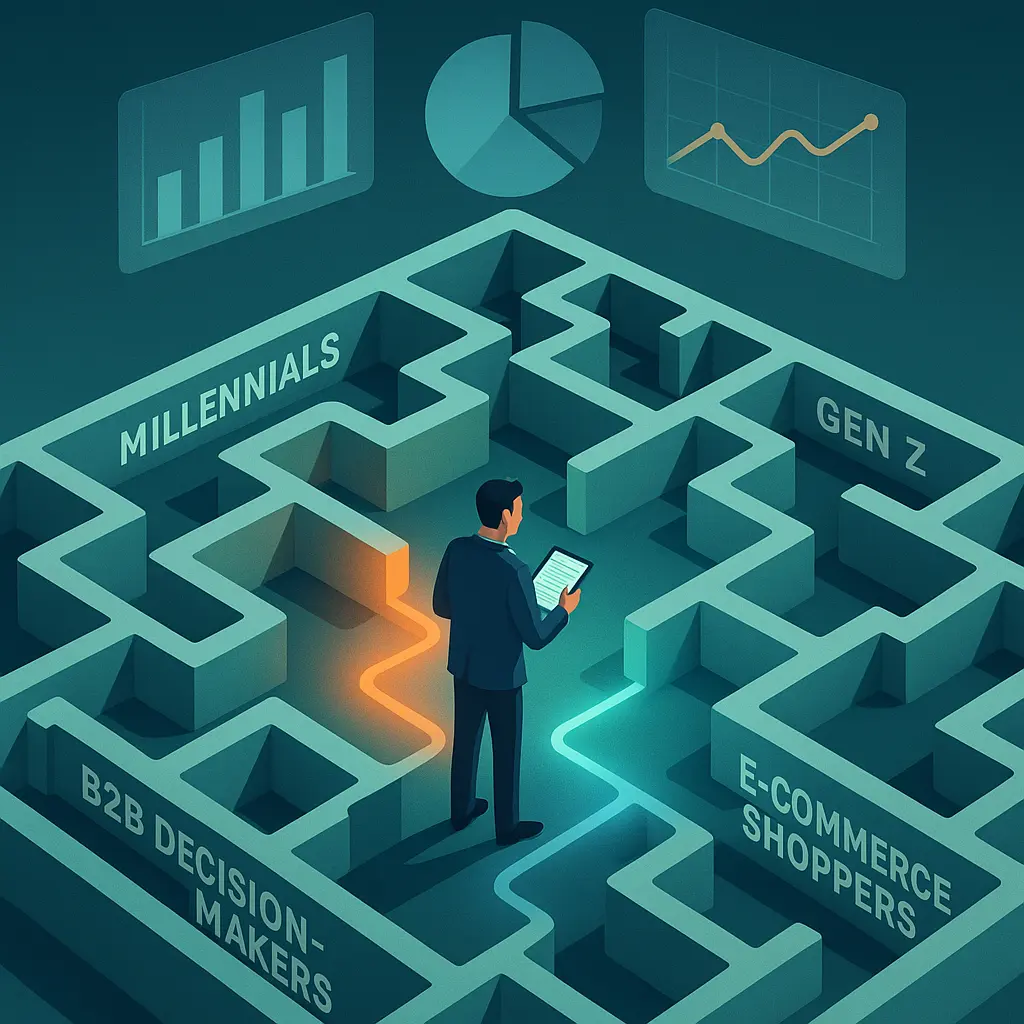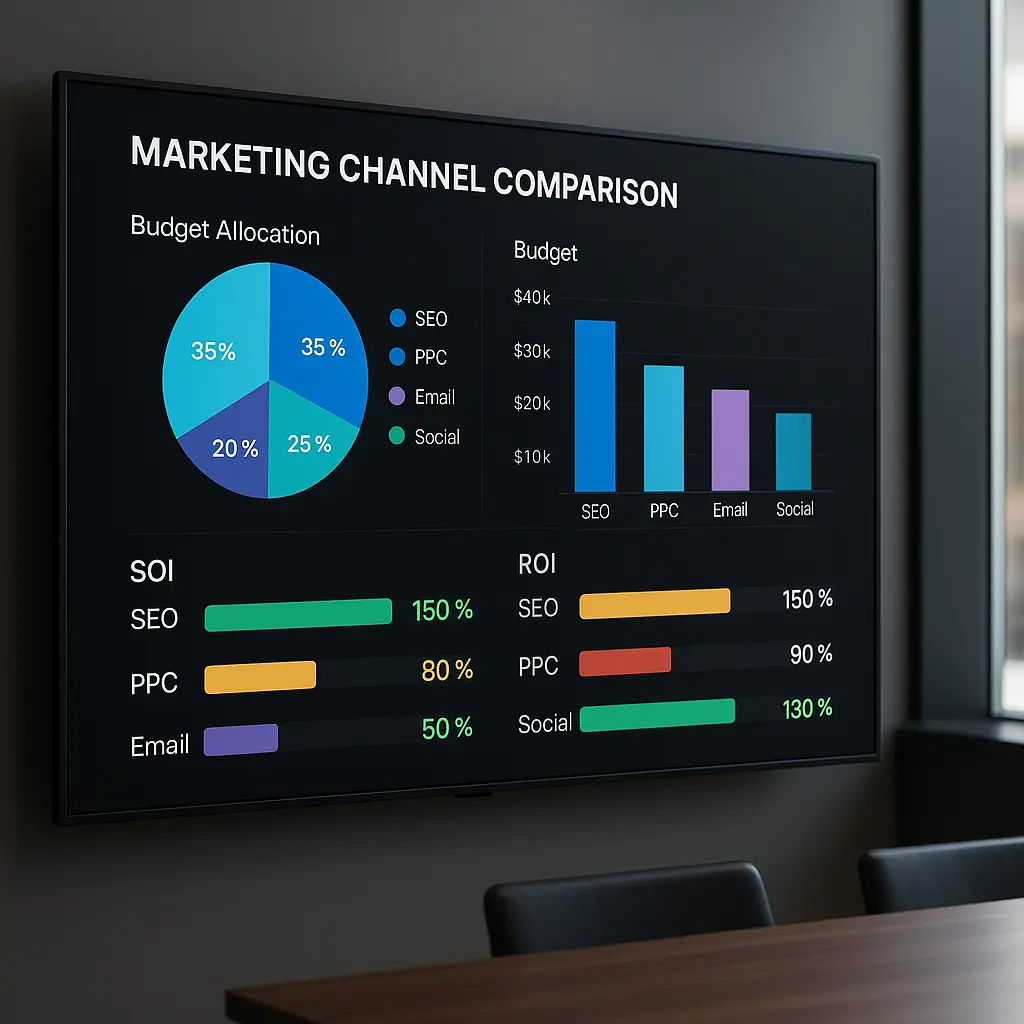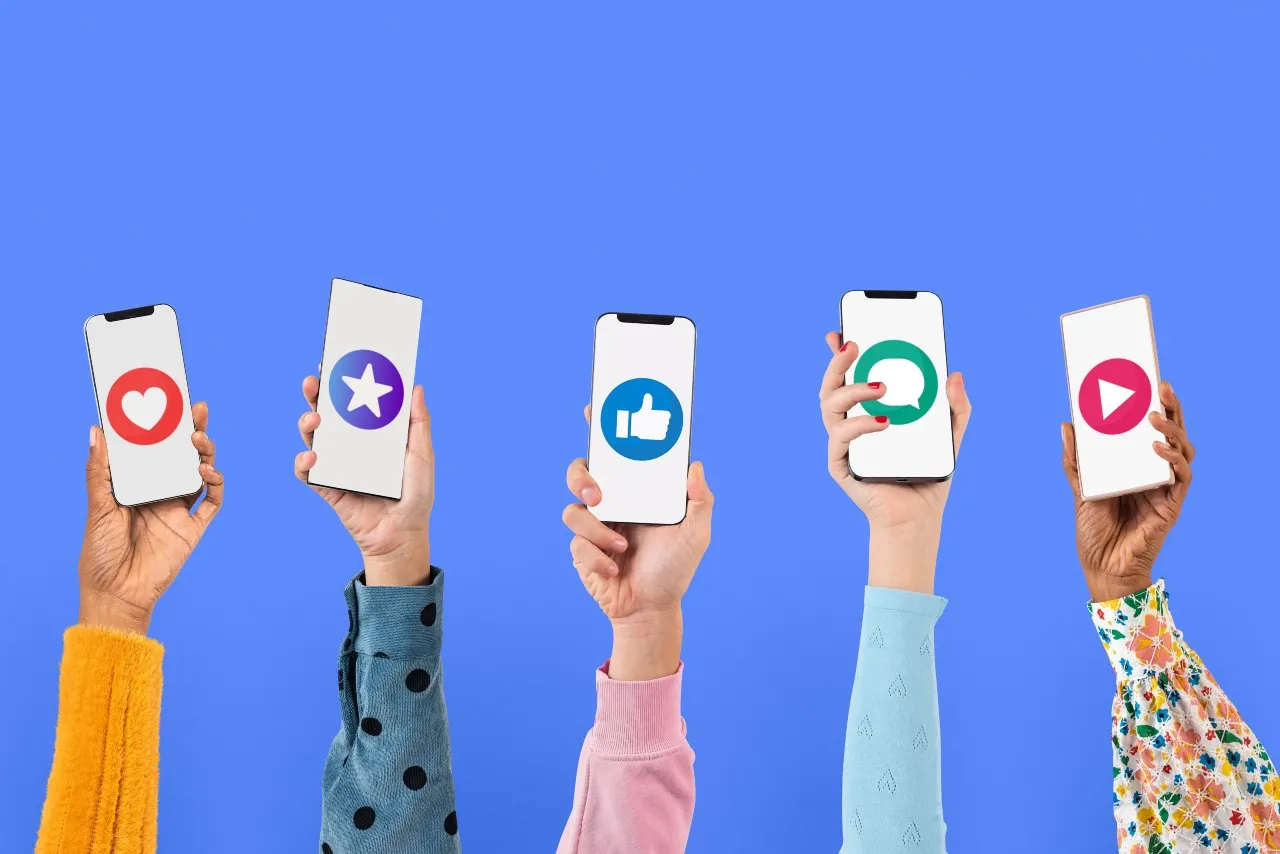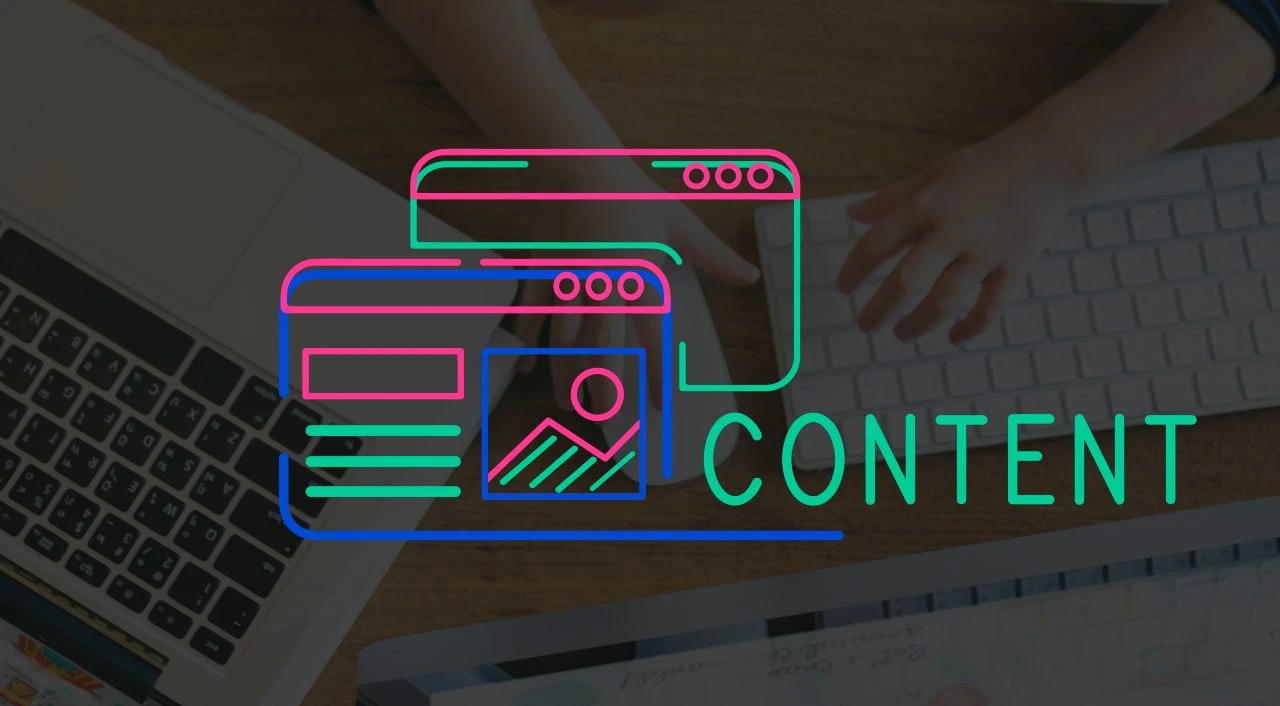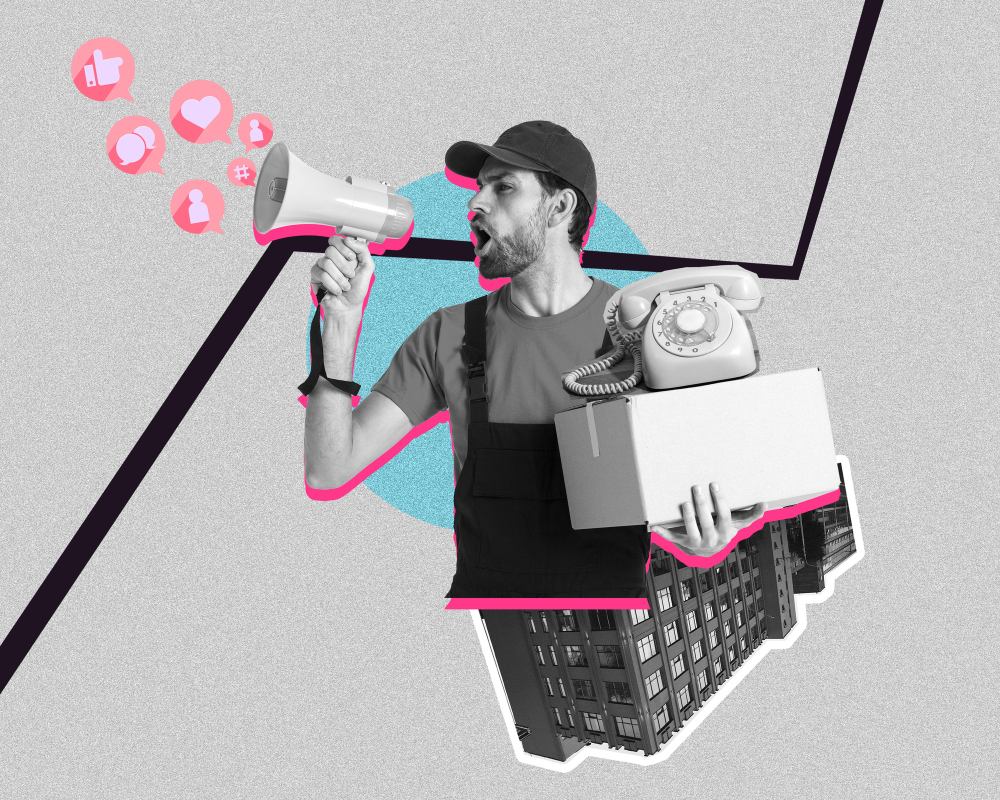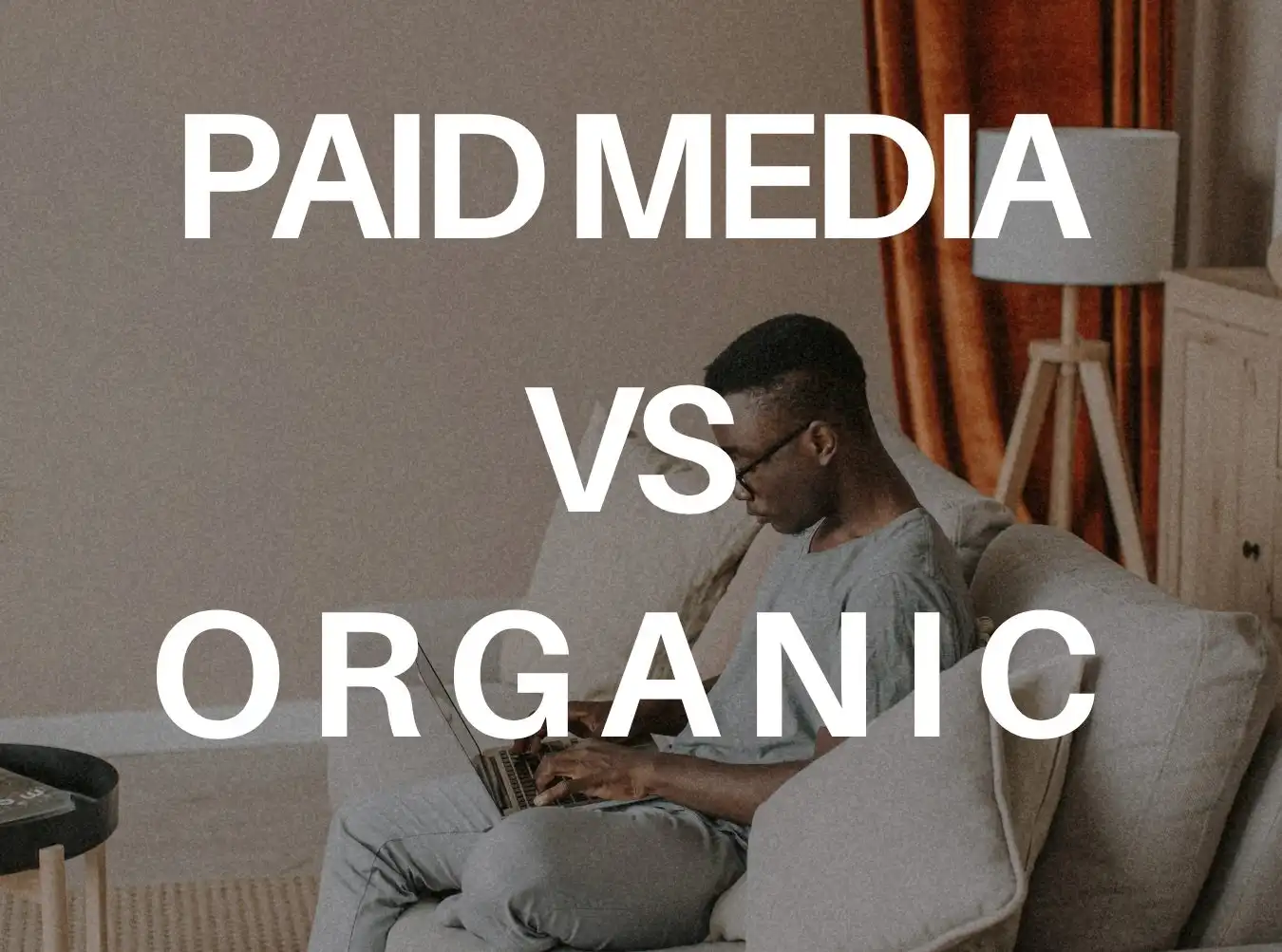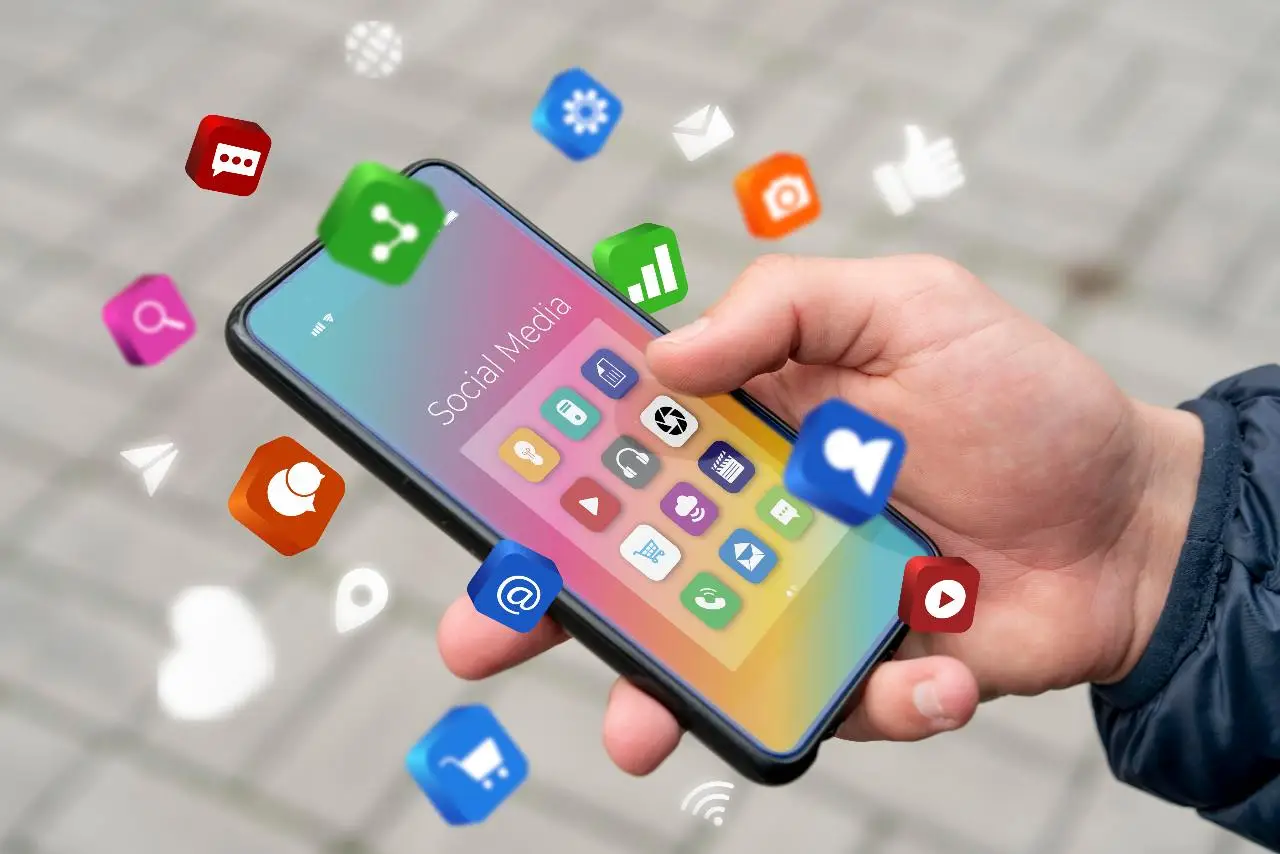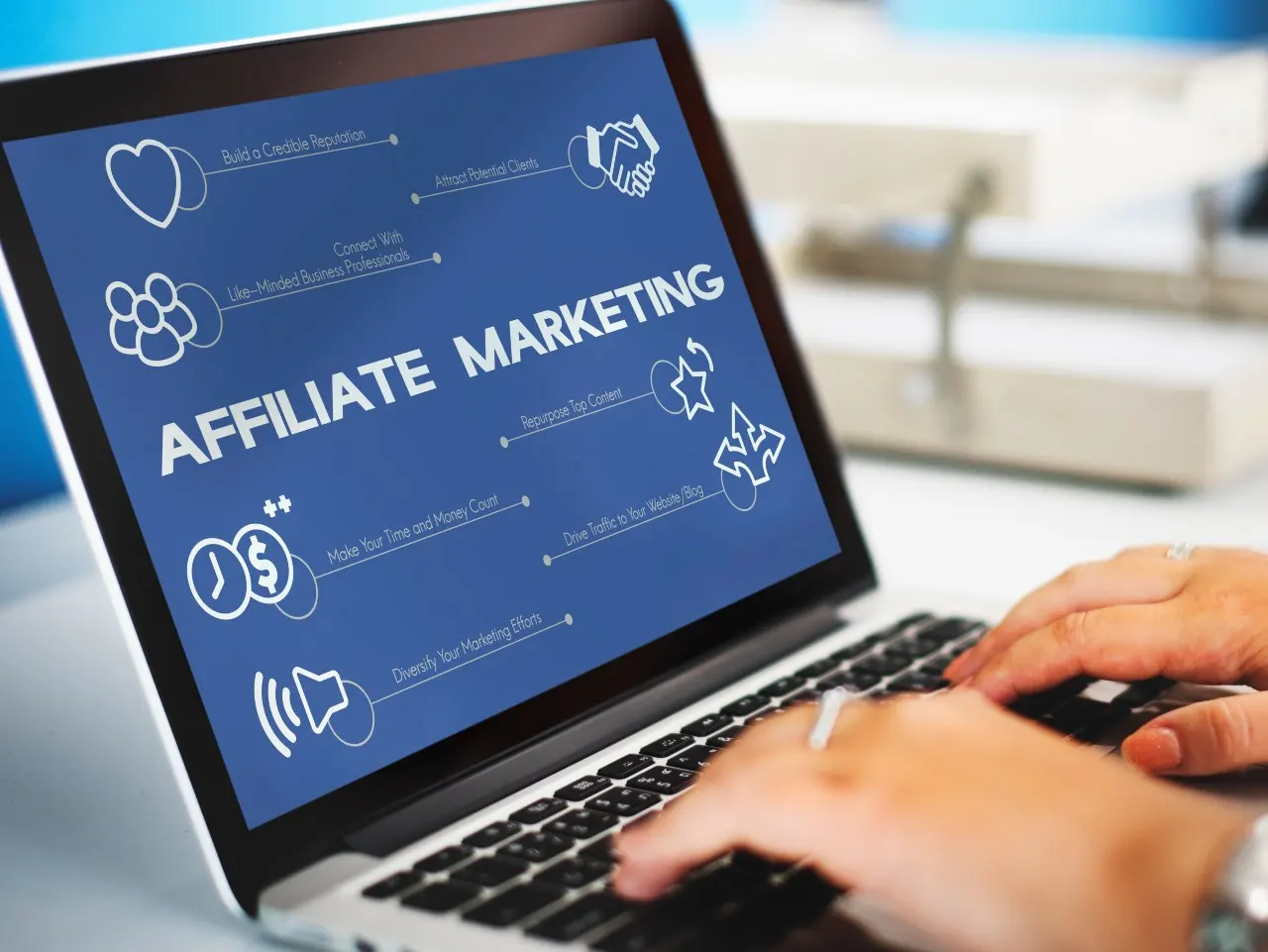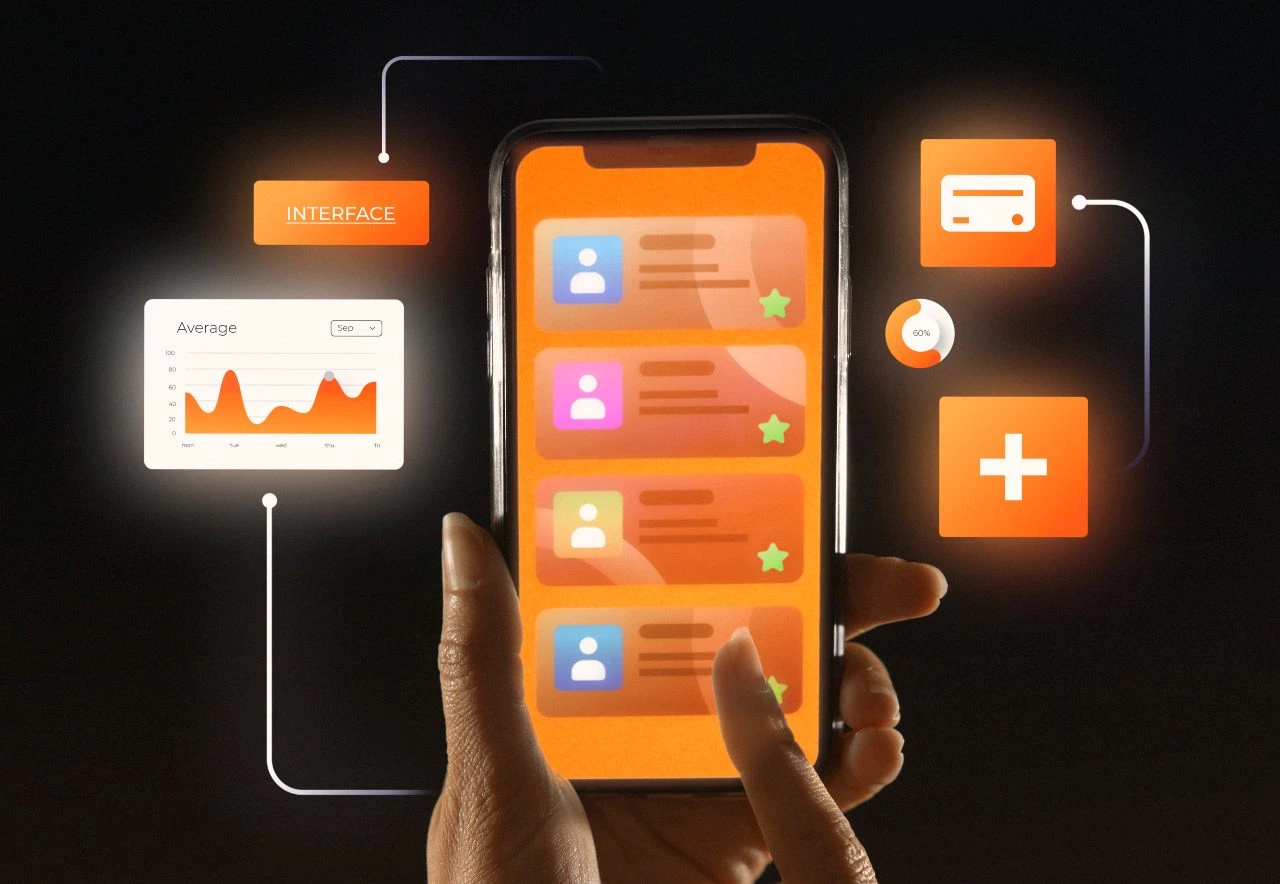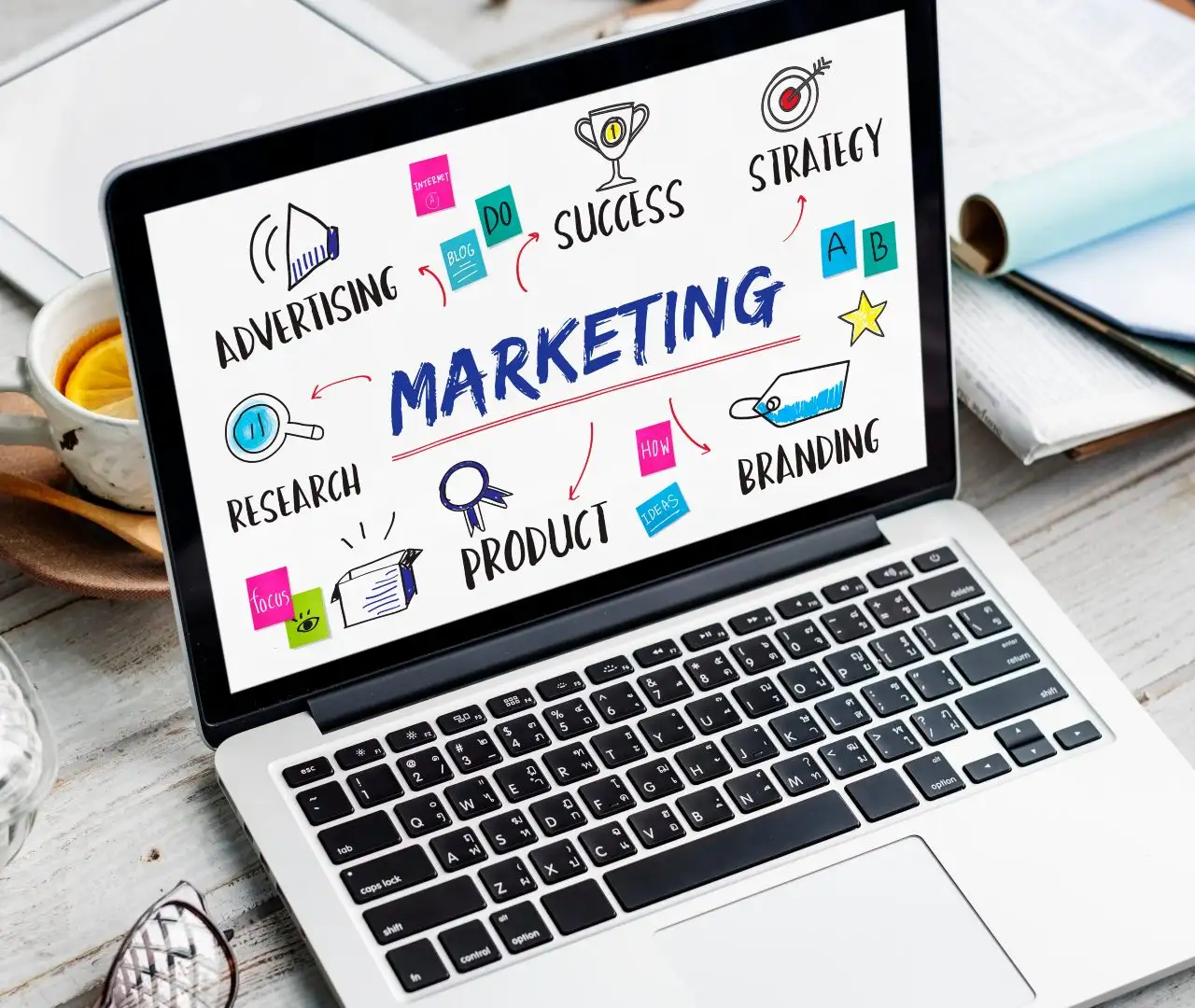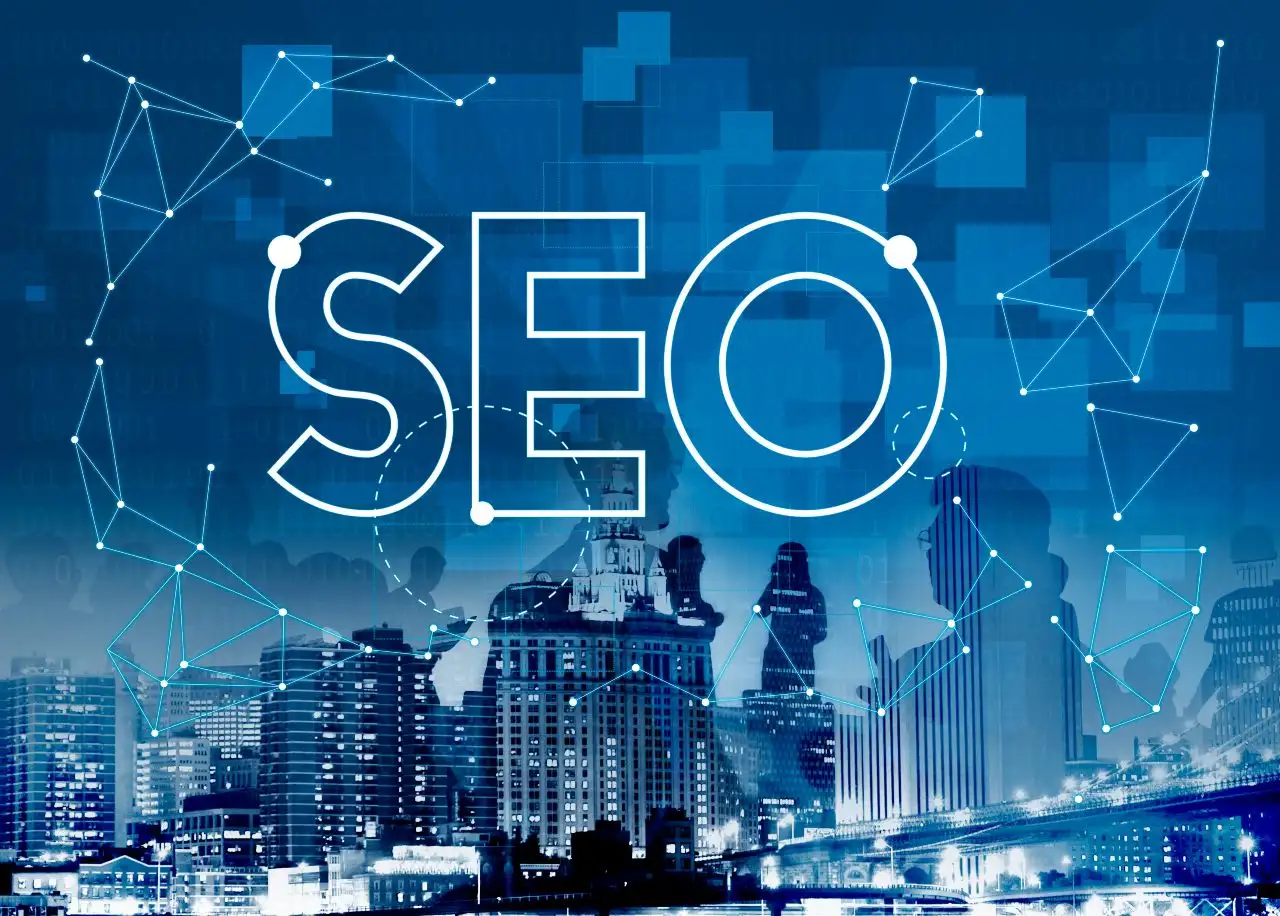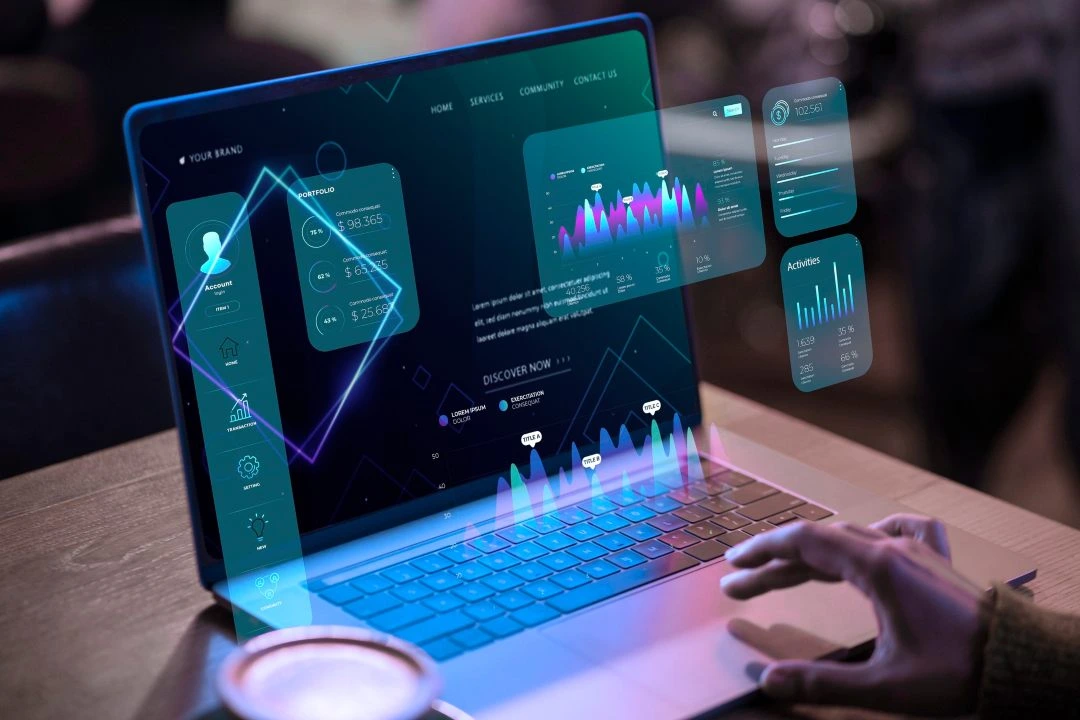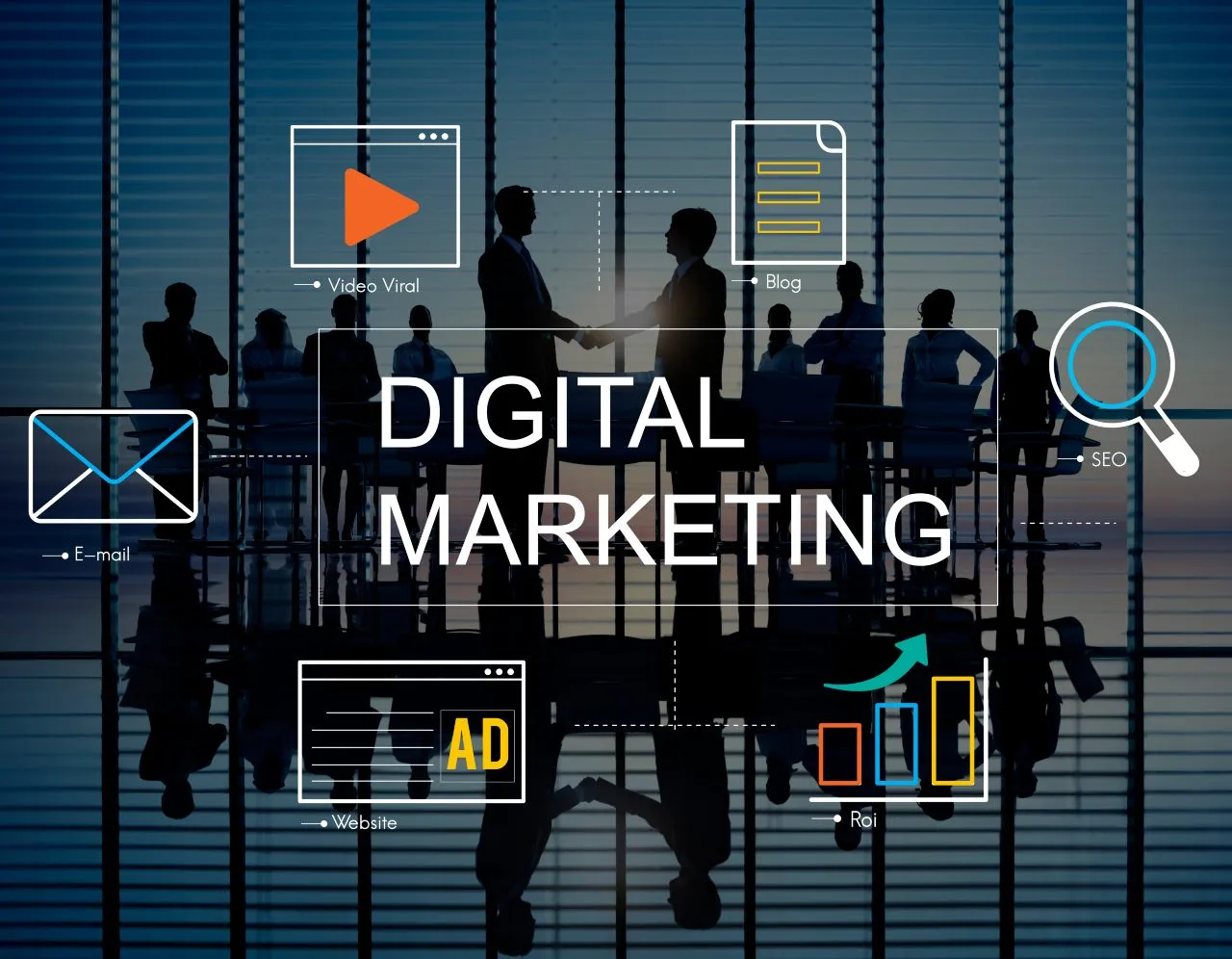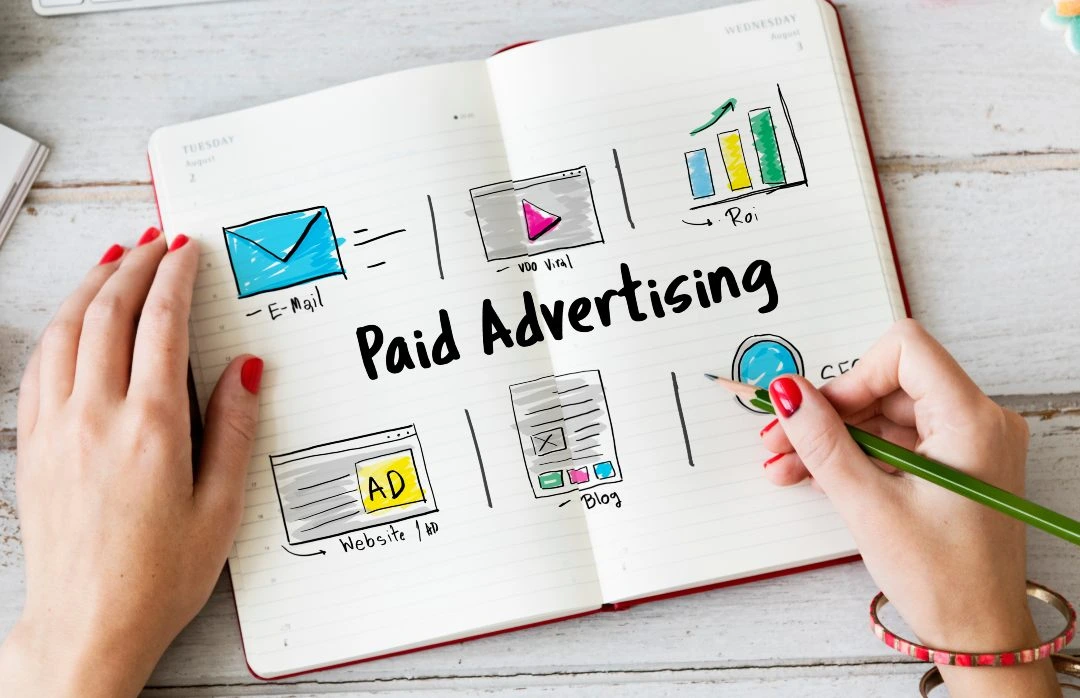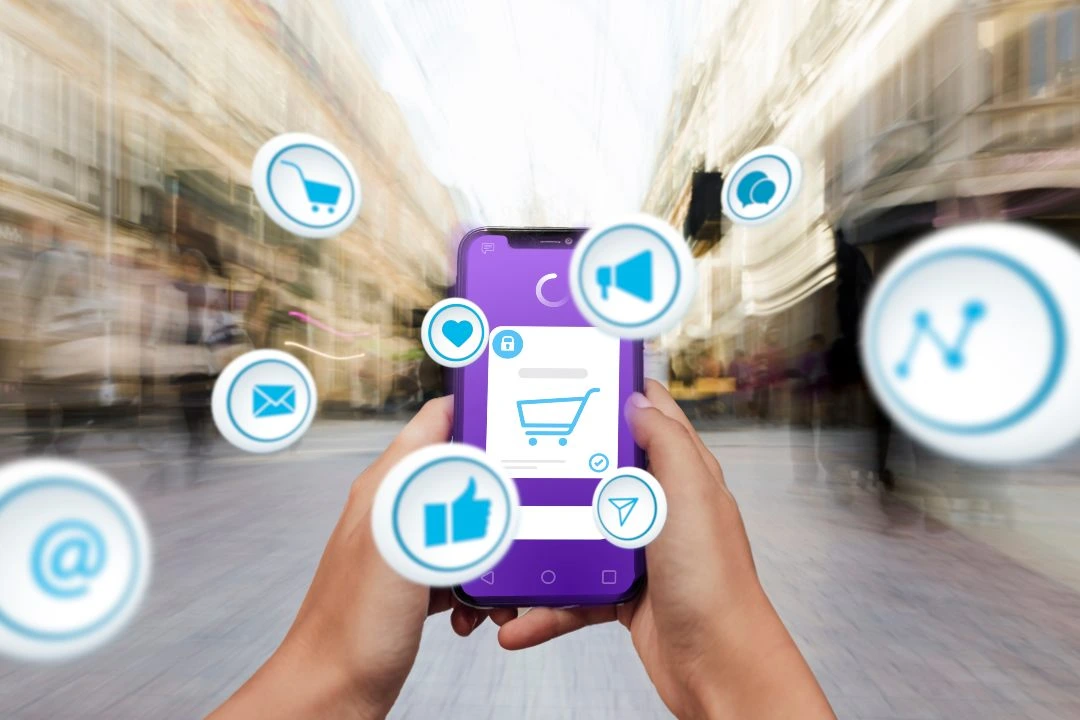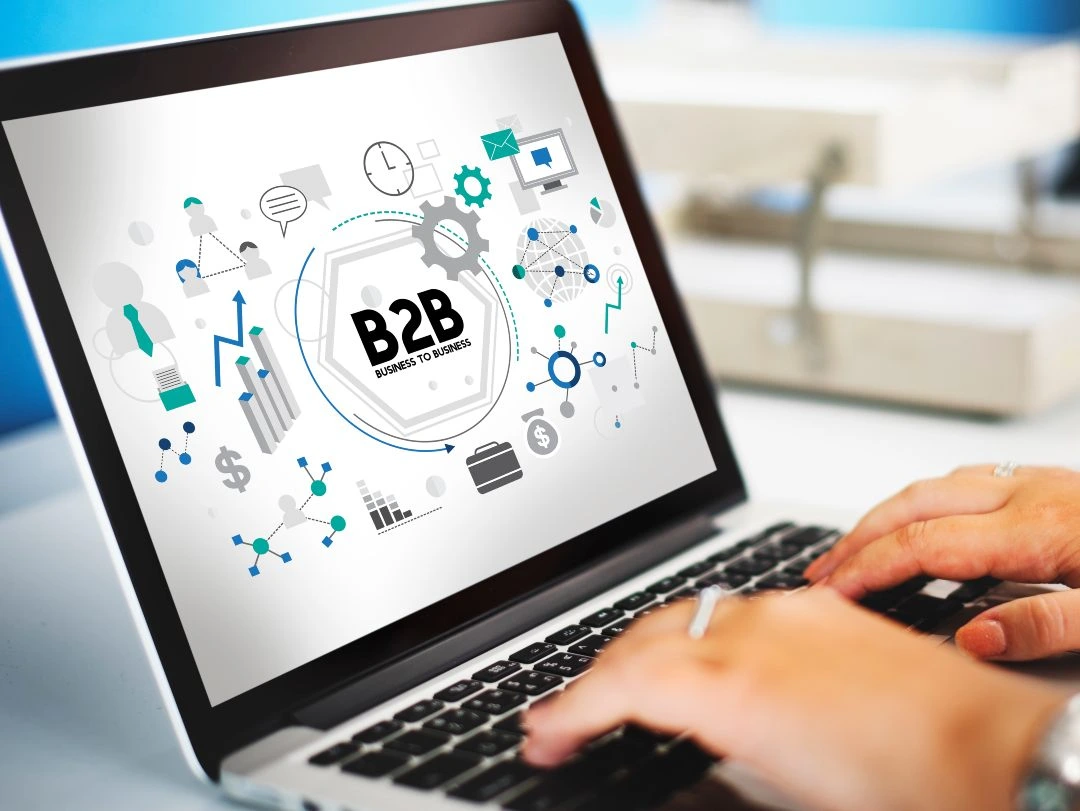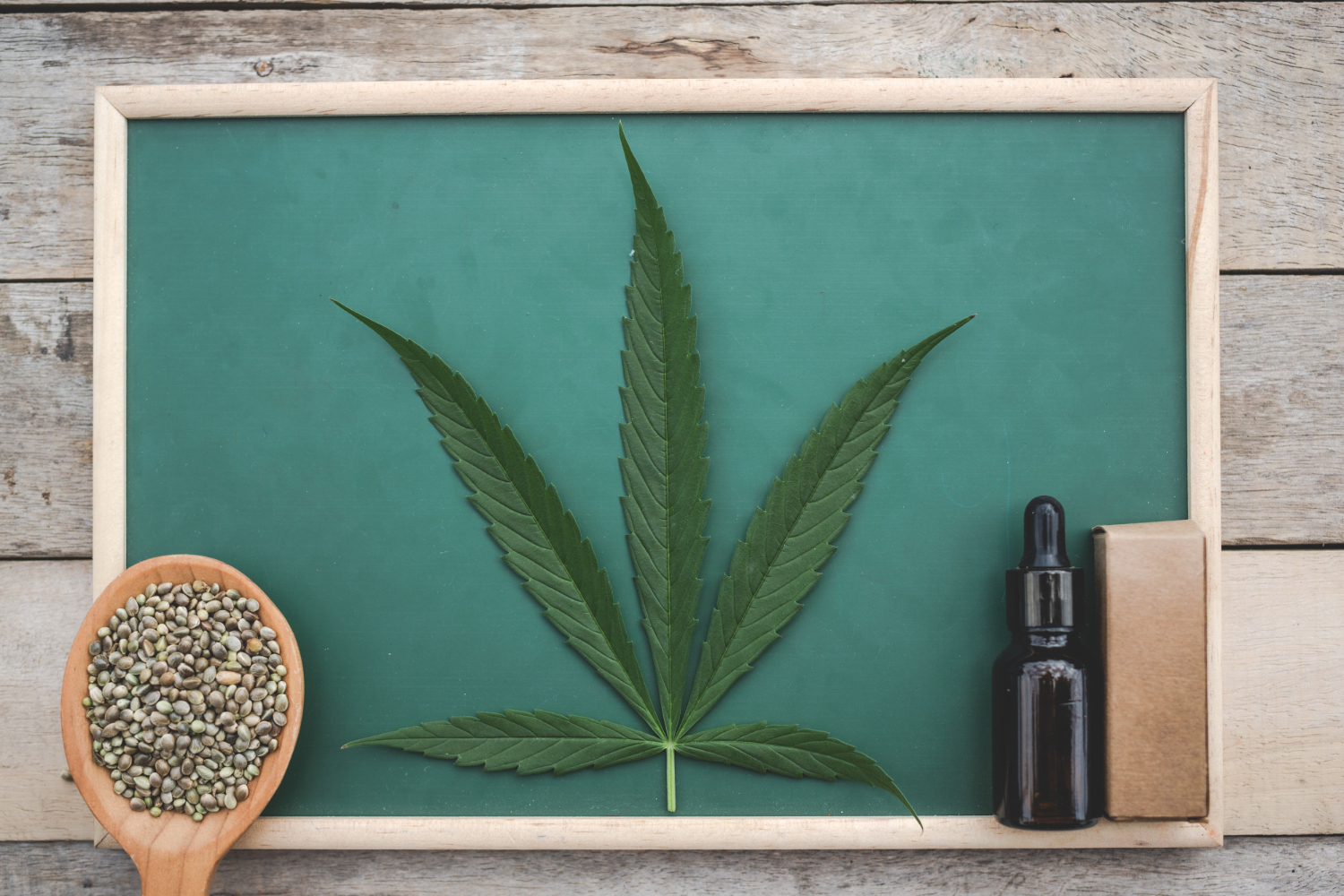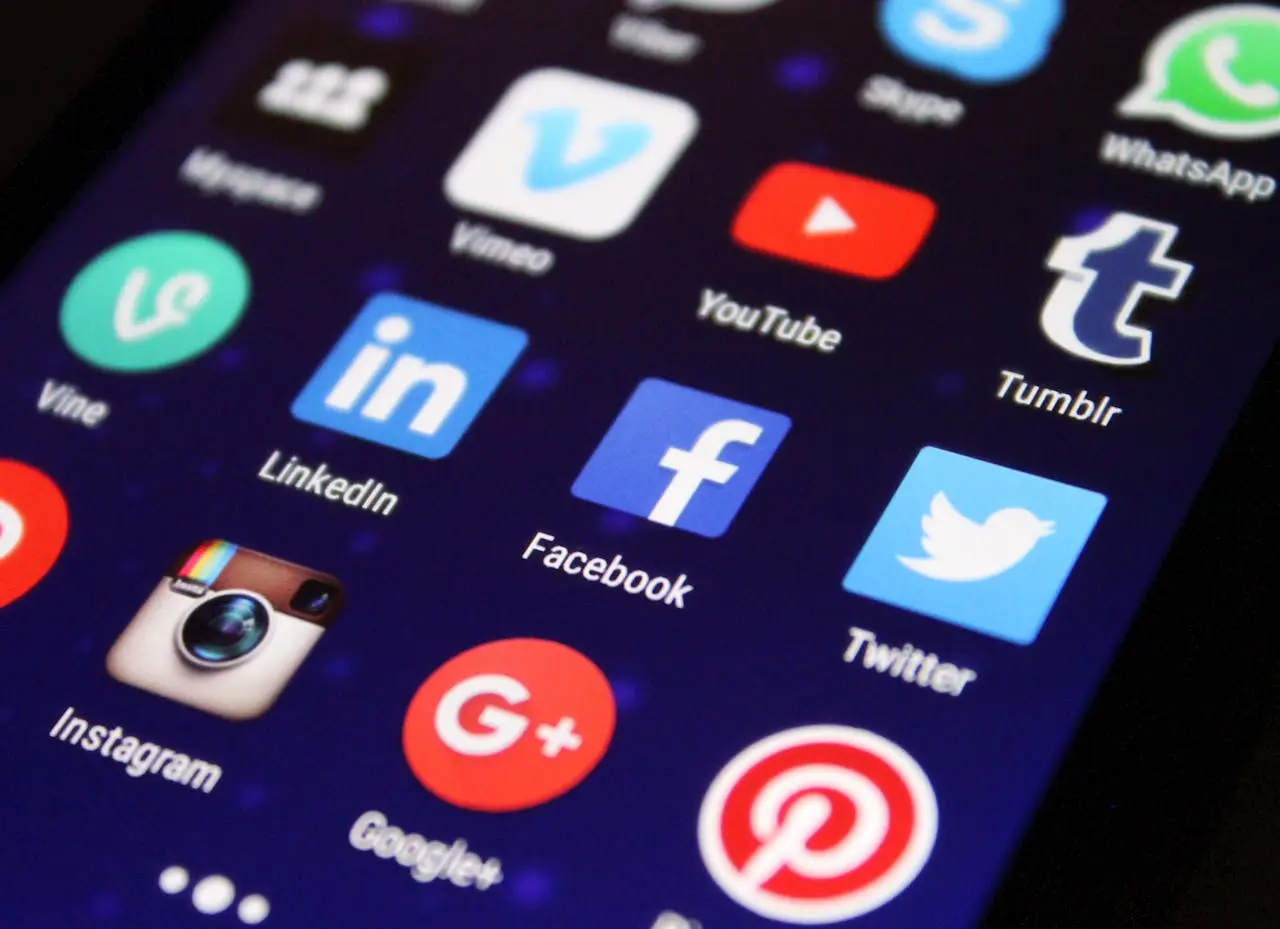Listen to article
“Wondering what it takes to keep your audience coming back for more?” In the fast-evolving digital landscape, it’s not just about attracting attention, it’s about sustaining it. As we look ahead to 2025, repeat engagement marketing is going to rely on creating meaningful connections and delivering value that resonates long after the initial interaction.
But with consumers increasingly bombarded with content and choices, how can businesses ensure their marketing efforts drive repeat engagement? What digital marketing tactics will help you stand out from the crowd and create lasting customer loyalty?
In this article, we’ll dive into the key strategies that will define repeat engagement marketing in 2025, from AI-powered personalization to leveraging the power of video and interactive content. Let’s explore how you can adapt to these changes and thrive in the years to come.
The Role of AI in Redefining Customer Experiences
The competitive edge of 2025 lies in the ability to connect with customers on a deeply personalized level—something AI is uniquely equipped to handle. Businesses are increasingly relying on AI to analyze customer behavior, predict preferences, and craft hyper-relevant interactions. As digital engagement continues to evolve, leveraging AI for real-time personalization has become a cornerstone of success. Let’s explore how AI is reshaping the landscape of customer engagement across channels:
- AI-driven chatbots are revolutionizing customer service, enabling businesses to deliver personalized, human-like support 24/7. The emergence of generative AI-powered chatbots is set to enhance functionality and enable more accurate handling of complex customer queries. Source
- Video marketing is being transformed through AI, allowing dynamic personalization of video ads based on viewer interests, demographics, or purchase history. This creates a more engaging and seamless ad experience. Source
- Google Ads leverages Performance Max campaigns supported by AI to optimize bids, generate highly relevant ads, and discover new converting search terms without traditional keyword targeting. Source
- Microsoft is advancing advertising innovation with generative AI tools like Conversational Ad experiences, Ads for Chat API, and the powerful Copilot, delivering hyper-tailored ad interactions. Source
- The global chatbot market, valued at $5.4 billion in 2023, is projected to triple in value to $15.5 billion by 2028. This growth reflects the increasing reliance on AI chatbots for brand interactions. Source
AI’s ability to leverage data in creative and impactful ways is shaping the future of customer engagement. From boosting chatbot capabilities to pioneering new levels of ad customization, businesses that embrace AI-driven personalization will find themselves better positioned to build lasting customer relationships. As the AI ecosystem around tools like generative chatbots and predictive video ads matures, 2025 will witness a deeper integration of personalized strategies into the customer journey.
Stay ahead of the curve by incorporating AI tools that not only personalize interactions but also evolve alongside your audience’s preferences. Platforms like MidJourney or OpenAI APIs can help automate creative personalization, while analytics tools such as Segment or Mixpanel optimize data insights for actionable results.
Creating Impactful Video Content That Captures Attention
In an era where digital attention spans are shrinking, videos that can deliver value quickly and effectively are dominating engagement trends. It’s no longer just about creating video content—it’s about creating the right video content. By harnessing data-driven insights to tailor video length, format, and even platform-specific strategies, businesses can ensure their content resonates with their audience and compels them to act.
- Short-form videos receive 2.5 times more engagement compared to long-form videos, demonstrating the power of concise storytelling. Source
- 56% of business videos are now two minutes or shorter, showing a clear industry trend toward digestible, high-impact content. Source
- Videos shorter than 90 seconds boast a 50% retention rate, proving that brief and focused messaging captures and retains attention effectively. Source
- Engagement rates for short-form videos are impressive: 59% of viewers stick around for 41-80% of the video, while 30% watch beyond 81% of its length. Source
- On Facebook, videos between two and five minutes drive the most engagement, emphasizing the importance of platform-specific optimization. Source
- Videos shorter than 60 seconds achieve a 62% retention rate, outperforming the average retention rate of 54% for longer videos. Source
- TikTok’s vertical video format (9:16 aspect ratio) yields a 25% higher six-second watch-through rate compared to horizontal videos, showcasing the impact of platform-specific formatting. Source
Takeaway: Precision is Power in Video Marketing
The overwhelming success of short-form and platform-tailored videos illustrates one undeniable truth: less is more when it comes to engagement. By focusing on concise, targeted messaging, businesses not only hold their audiences’ attention but also increase the likelihood of driving meaningful actions. However, success doesn’t lie solely in brevity—it’s also about presenting the right content in the right format for the right platform.
Pro Tip:
Optimize videos with captions to make them accessible, and embrace a test-and-learn mindset by experimenting with different video lengths and formats. For platform-specific success, try adopting the native styles of platforms like TikTok (vertical short-form) or Facebook (slightly longer, engaging videos), and analyze performance metrics to refine your strategy. If your video marketing efforts are part of a larger business-to-business campaign, integrating it into a comprehensive B2B website strategy can further amplify engagement and ensure your content aligns with broader digital marketing goals.
Elevating Engagement With Mobile-Optimized and Interactive Video Strategies
In 2025, video content remains one of the most compelling ways to capture and sustain audience attention, but the real differentiators lie in mobile-first and interactive video experiences. With consumers increasingly relying on their phones for entertainment and shopping, brands that successfully optimize video for mobile consumption and interaction will lead the pack. By focusing on platforms like YouTube and Twitter, combined with shoppable and immersive formats, marketers have a golden opportunity to turn engagement into meaningful actions.
- Millennials are dedicating significant time to online videos on their smartphones, with 14.9% of those aged 26-35 years spending between 10 and 20 hours per week watching. Source
- Mobile video ads stand out as a highly effective tool for grabbing attention and creating memorable brand messages. Source
- Tweets with videos generate 10 times more engagement compared to tweets without them. Source
- Promoted tweets featuring videos see a reduction of over 50% in cost-per-engagement. Source
- YouTube takes the lead as the top social media platform influencing purchase decisions. Source
- 87% of users say browsing or shopping on YouTube significantly speeds up their decision-making process. Source
- Globally, 83% of consumers prefer consuming video content on YouTube. Source
- Over 40% of shoppers worldwide have made a purchase based on products they discovered on YouTube. Source
- Viewers retain 95% of a message when delivered through video, making it one of the most effective ways to communicate. Source
- Interactive videos excel in engaging audiences, particularly in purchase funnels that require education or detailed guidance. Source
- By 2025, shoppable videos, live streaming, and interactive formats are predicted to become cornerstones of high-performing digital campaigns. Source
Takeaway: Driving Deeper Connections Through Interactive and Mobile-First Content
What sets successful video strategies apart today is not simply the volume of content but its ability to adapt to consumer habits by combining mobile-first accessibility with interactive features. As platforms like YouTube and Twitter dominate digital engagement, brands should focus on creating video experiences that both entertain and empower consumers to take action. From live-streamed product demos to shoppable interactive videos, these formats are no longer optional—they’re essential for building loyalty and driving conversions. Whether your audience is discovering your product for the first time or seeking guidance during their purchase journey, engaging video content ensures your brand stays top-of-mind.
When designing mobile-first videos, prioritize vertical or square formats for compatibility with social platforms. Include captions or subtitles for accessibility and faster comprehension, and leverage A/B testing to identify the formats that drive your highest engagement. For interactive videos, focus on storytelling that encourages user participation, using clickable elements, polls, or shoppable links to enhance the customer experience and maximize ROI.
Optimizing for Seamless Mobile and Content Experiences
The way users consume content is driven by convenience and accessibility, making mobile optimization and content structure pivotal for capturing and maintaining engagement. With mobile devices emerging as the dominant platform for accessing the internet, neglecting mobile-first design and user-friendly content could mean missing out on valuable traffic and loyal audiences. Beyond the format, the success of your content also lies in how well it caters to the reader’s habits—particularly their inclination to skim and scan for key information.
- Mobile devices account for approximately 50.5% of website traffic, while desktop devices account for 46.5%. Source
- Long-form content performs better in many aspects compared to short posts; however, it must be structured with readability in mind, as many readers will skim to find specific information. Source
Takeaway: Prioritize User Experience Across Platforms
As mobile continues to lead the charge in online traffic, businesses need to craft experiences that are as intuitive on a smartphone as they are on a desktop. But it doesn’t stop there—content strategies should focus on substance and structure. Long-form content can drive deeper engagement, but only if it’s visually digestible. Break it down with headlines, bullet points, and visual aids to guide your audience effortlessly through the narrative.
To ensure your mobile and content experiences stand out, regularly test your site’s page load speed and responsiveness on various devices. Additionally, utilize heatmaps and analytics tools to identify sections of your content where users drop off or linger, then make adjustments to refine both the user journey and your messaging.
Maximizing Social Media Impact: Storytelling and User-Centric Strategies
Social media has transcended its role as a mere communication tool—today, it’s a critical hub for fostering trust, engagement, and brand loyalty. Brands that can effectively harness the nuances of each platform, while tapping into user-generated content (UGC) and social proof, are more likely to build meaningful connections that drive repeated engagement. Platforms like Instagram and Reddit, with their storytelling formats and authentic user interactions, offer fertile ground for businesses to not only attract but also convert their audience into loyal advocates.
- Peer recommendations and reviews now influence the buying decisions of 33% of B2B customers, highlighting the importance of social proof. Source
- Incorporating UGC into marketing campaigns can boost engagement by as much as 25%. Source
- A striking 60% of users have expressed willingness to create brand-related content, provided there’s an incentive. Source
- Videos created by users on platforms like YouTube fetch ten times more views compared to brand-produced counterparts. Source
- Instagram Stories continue to demonstrate their persuasive power, with 58% of users becoming more interested in a product after seeing it featured here. Source
- 50% of users have visited a website to make a purchase after watching a Story, showing its direct impact on driving sales. Source
- One in four consumers have made a purchase after engaging with an Instagram Story. Source
- Reddit saw its name incorporated into 32 billion Google searches last year, signifying its growing prominence as a go-to platform for product research. Source
- The platform has become a preferred space for users seeking authentic opinions before making purchases, making it prime territory for brands to advertise and engage. Source
Takeaway: Social Media Success Lies in Authenticity
Social media success isn’t just about being present—it’s about being authentic, relatable, and engaging. Platforms like Instagram and Reddit thrive on user interaction, making them powerful tools for building trust and influencing purchase decisions. From leveraging Instagram Stories to encourage direct conversions to engaging in meaningful Reddit conversations, brands that prioritize value-driven and user-centric approaches stand to gain the most. Combining these strategies with UGC and incentivized campaigns creates a powerful formula for sustainable social engagement and repeat business.
Pro Tip:
Maximize the impact of Instagram Stories by incorporating interactive elements such as polls, Q&A sessions, and countdown stickers to create two-way conversations with your audience. On Reddit, focus on contributing value to discussions while subtly showcasing your brand. Sponsor threads, collaborate with influencers, or encourage users to create honest reviews of your products in exchange for rewards.
Unlocking Loyalty with Email and Content Marketing Strategies
In an era where data privacy regulations are reshaping how businesses interact with their audiences, email and content marketing have emerged as indispensable tools for fostering repeat engagement. These channels excel in leveraging first-party data, a necessity as third-party cookies fade into history, and provide a direct path to building trust and long-term customer relationships. By prioritizing audience-centric strategies, marketers can achieve both substantial ROI and deeper connections with their consumer base.
- Email marketing delivers one of the highest returns on investment (ROI) across digital channels, performing exceptionally well alongside SEO, mobile marketing, and content marketing. Source
- The diminishing role of third-party cookies has significantly increased the relevance of first-party data-driven methods, such as email and content marketing, to retain customer loyalty and sustain brand credibility. Source
Take advantage of this shifting digital landscape by doubling down on email and content marketing efforts. These strategies are not just about engagement—they’re about creating a more personalized experience, building trust, and securing your audience’s loyalty in the long run. As the importance of first-party data grows, brands that invest in meaningful, high-quality content will be well-positioned to thrive.
Focus on crafting dynamic, value-driven content that reflects your audience’s unique challenges and aspirations. Encourage opt-ins with personalized offers or exclusive resources, and use segmentation to tailor email campaigns to specific audience needs for maximum impact. For businesses looking to refine their email strategies without adding to internal workload, outsourcing email marketing can be a highly effective way to elevate their digital efforts while saving time and resources.
Driving Long-Term Engagement with Interactive Content and Gamification
Keeping audiences engaged isn’t about chasing fleeting attention; it’s about creating memorable, immersive experiences that compel them to return. In 2025, strategies that combine interactivity, gamification, and a commitment to high-quality content are emerging as core tactics for fostering deeper connections and encouraging sustained engagement. By turning passive viewers into active participants, marketers unlock a unique opportunity to stand out in an oversaturated digital landscape.
- Interactive content, such as quizzes, polls, and interactive videos, transforms static messaging into dynamic experiences that hold attention and spark participation. Source
- Gamification introduces an element of fun and motivation through loyalty systems, challenges, and reward-based campaigns that drive user investment in a brand. Source
- More than 83% of marketers are championing quality over quantity, recognizing that impactful, well-crafted content delivers better long-term value than high-frequency output. Source
- Live videos on Facebook generate triple the engagement of carousels, demonstrating the power of real-time interaction to build trust and authenticity. Source
The shift toward interactive content and gamification isn’t just a trend—it’s a response to changing consumer expectations. Audiences today demand experiences that feel personal, engaging, and worth their time. As marketers, focusing on quality over sheer output ensures your efforts resonate far beyond a single interaction. And don’t underestimate the simplicity and impact of real-time formats like live video, which humanizes your brand and invites genuine dialogue.
When integrating gamification or interactive elements into your strategy, start small. Launch a quiz that aligns with your product or introduce a point-based reward system to test its reception. For live videos, establish a clear purpose, whether it’s a product demonstration or a Q&A session, and promote it across channels to maximize turnout. Always remember: engagement starts with relevance—ensure every piece of content serves a purpose and solves a problem for your audience.
Leveraging Content Metrics to Drive Better Engagement
In an increasingly data-driven B2B landscape, understanding how content performs isn’t just a preference—it’s a necessity. With buyer behaviors becoming more complex and decision-making cycles lengthening, tracking the right metrics allows marketers to pinpoint what truly resonates. By focusing on performance indicators that align with overarching business goals, B2B professionals can craft more impactful strategies and ensure their content builds lasting audience connections. Here are the key metrics today’s marketers are using to measure the effectiveness of their efforts:
- Website engagement is the top metric for 69% of B2B marketers, emphasizing the role of user interaction in gauging content success. Source
- Conversions are tracked by 67% of marketers, signaling that content effectiveness is closely tied to driving actionable outcomes. Source
- Website traffic is monitored by 65% of marketers, reflecting their focus on understanding how well content attracts and retains an audience. Source
- Email engagement is a key metric for 64% of marketers, underscoring email’s value as a strategic distribution channel. Source
Takeaway: Metrics Are the Foundation of Smarter Strategies
By consistently analyzing these core metrics, marketers can uncover patterns that provide deeper insights about their audience, such as which content formats lead to higher engagement or what types of messaging improve conversions. For example, if email engagement is low, it might prompt a reevaluation of the subject lines or segmentation strategies. Meanwhile, tracking conversions tied to specific content pieces helps demonstrate ROI to stakeholders while fine-tuning future campaigns.
Pro Tip:
Go beyond surface-level data by connecting metrics to outcomes. For instance, identify the journey from initial engagement to conversion and look at where prospects fall off. Tools like Google Analytics, HubSpot, and Marketo can provide granular insights to help you optimize and align content strategies with your business objectives.
Conclusion
The digital landscape of 2025 rewards brands that focus on building real, lasting connections. From AI‑powered personalization and mobile‑optimized video strategies to gamification and user‑generated content, every touchpoint matters when it comes to keeping audiences engaged. The key is to align your messaging, formats, and timing with what your audience values most.
Repeat engagement isn’t accidental—it’s the result of deliberate, data‑driven tactics that are tested and refined over time. By using interactive content, monitoring the right metrics, and tailoring campaigns for each platform, your brand can stand out and keep customers coming back.
Ready to make your content work harder for you? Boost your long‑term engagement with our SEO copywriting services and turn every interaction into a step toward customer loyalty.
About Creating What Drives Repeat Engagement? Digital Tactics That Work in 2025
This guide was written by the Scopic Studios team and reviewed by Araksya Hakobjanyan, SEO Lead at Scopic Studios.
Scopic Studios delivers exceptional and engaging content rooted in our expertise across marketing and creative services. Our team of talented writers and digital experts excel in transforming intricate concepts into captivating narratives tailored for diverse industries. We’re passionate about crafting content that not only resonates but also drives value across all digital platforms.
Note: This blog’s images are sourced from Freepik.




